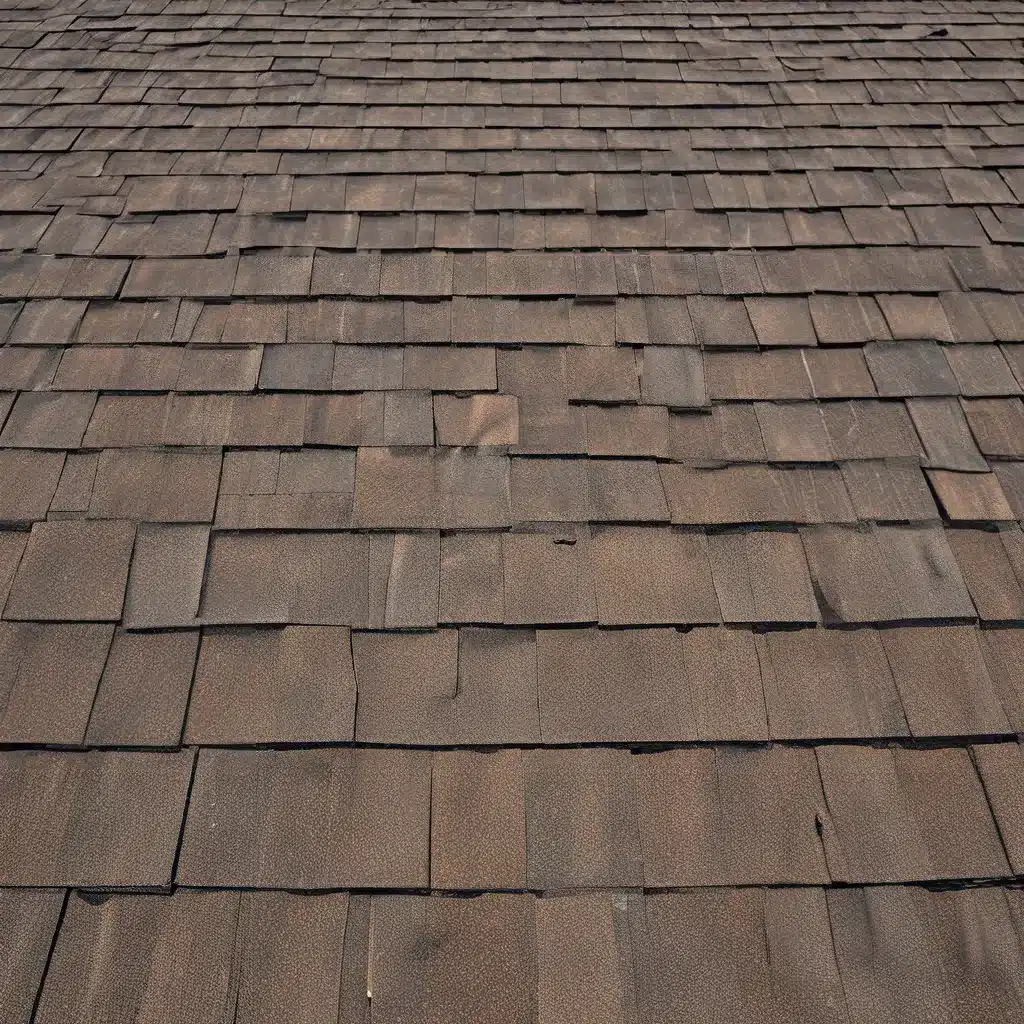
As a homeowner, the thought of replacing your roof can be daunting – both in terms of the cost and the hassle. But the truth is, your roof is a critical component of your home, and caring for it should be a top priority. After all, your roof is the first line of defense against the elements, protecting your home and everything in it.
Understanding Roof Aging: A Battle Against Mother Nature
Your roof is no different than any other part of your home – it’s a constant work in progress, constantly being tested by the harsh realities of the great outdoors. From the scorching summer heat to the frigid winter winds, your roof is subjected to a never-ending barrage of environmental stressors.
In the heat of our North Carolina summers, a rooftop can reach temperatures of 160 F. With frequent rain and thunderstorms, your rooftop can quickly drop 60-100 degrees, sending it into thermal shock and causing rapid expansion and contraction of the shingles. Add in high winds and storm damage from hail and debris, and your roof is really put to the test.
But the challenges don’t end there. There are also internal factors that can negatively impact the performance of your roof, such as improper ventilation. Research confirms that a lack of proper ventilation in an attic prevents adequate airflow, resulting in increased attic temperatures and higher moisture content. This can shorten the lifespan of some roofing products, and the higher moisture can cause deck movement and deterioration, ultimately shortening the life of your roof.
Identifying the Signs of Aging: A Roof’s Visual Cues
As your roof ages, it’s natural for it to undergo some visual changes. Just as the human body changes with time, so does your roof. This often means changes in the color and appearance of your shingles.
Some common signs of natural aging include:
– Fading or discoloration: As your shingles are exposed to the sun’s UV rays, they can start to lose their vibrant color and become dull or faded.
– Curling or cracking: Over time, the heat and weather can cause your shingles to become brittle, leading to curling or cracking.
– Loss of granules: The granules on your shingles help protect them from the elements, but as the roof ages, these granules can start to wear off.
While these signs of aging are normal, it’s important to keep a close eye on them. Unaddressed issues can quickly lead to more serious problems, like leaks and structural damage. That’s why routine roof inspections and timely repairs are so crucial.
Extending the Life of Your Roof: A Multipronged Approach
So, how can you help your roof age gracefully and extend its lifespan? It all comes down to a combination of proactive maintenance, strategic repairs, and a little bit of luck.
Routine Roof Inspections
One of the most important steps you can take is to have your roof inspected on a regular basis. We highly recommend having your roof professionally inspected every 2 years or after a very serious storm where hail was present. A professional roof inspection is meticulous, involving both interior and exterior analysis of the roofing system.
During the inspection, the experts will look for potential leaks, either from storm damage or from deteriorating flashing around chimneys, vents, and air pipes. They’ll also assess how quickly the roof is aging, identify weak points that could pose potential problems, and check for any other elements that may be missed by the untrained eye.
Timely Roof Repairs
If the inspection uncovers any issues, it’s crucial to address them as soon as possible. Often times, if damage is localized and identified early enough, repairs can be made to that area, minimizing costs and the need for a full roof replacement. Leaks, for example, can be hard to spot from the outside, but if left unattended, they can quickly lead to mold, mildew, and other serious problems.
Proper Roof Ventilation
Remember those internal factors we talked about earlier? Proper ventilation is key to keeping your roof healthy and extending its lifespan. Ensuring adequate airflow in your attic can prevent the buildup of heat and moisture, which can wreak havoc on your roofing materials. It’s a simple yet effective way to give your roof a fighting chance against the elements.
Solar Panel Considerations
If you’re considering adding solar panels to your home, you may be wondering how they’ll impact the lifespan of your roof. While some roofers claim that solar panels can help protect and preserve your roof, the reality is a bit more nuanced. The panels may provide some shielding from the sun’s rays, but they can also trap heat and moisture, potentially leading to accelerated aging in certain areas.
It’s important to weigh the pros and cons carefully and work with a reputable roofing company to ensure your solar installation doesn’t compromise the integrity of your roof. Proper planning and regular maintenance can go a long way in keeping your roof and your solar panels working in harmony.
Embracing the Aging Process: A Roof’s Graceful Transition
Ultimately, your roof is going to age – there’s no way around it. But by understanding the natural process of roof aging, being proactive with maintenance and repairs, and making smart decisions about improvements like solar panels, you can help your roof age gracefully and extend its lifespan.
Remember, your roof is a critical part of your home, and it deserves the same level of care and attention as any other major investment. So, let’s embrace the aging process together and ensure that your roof continues to protect your home for years to come.